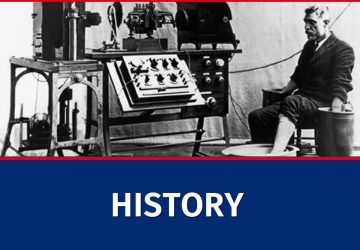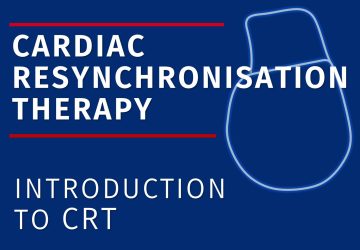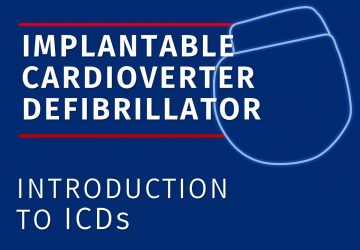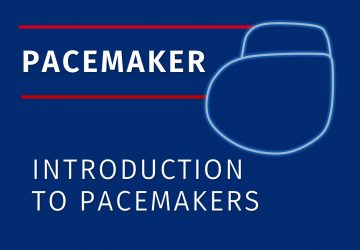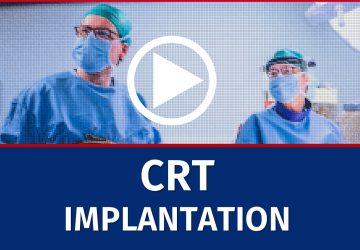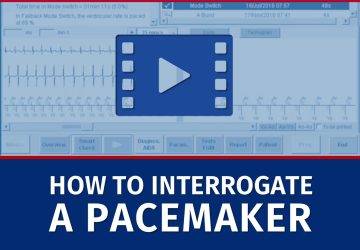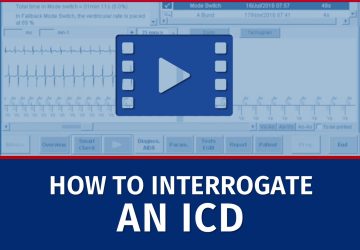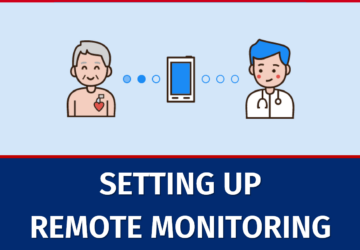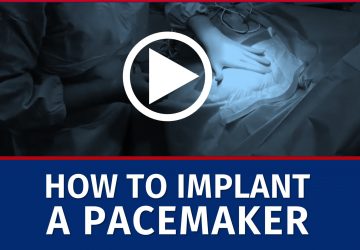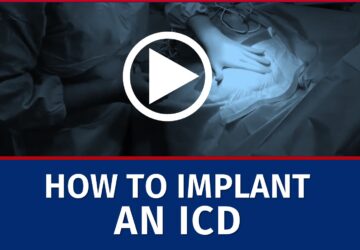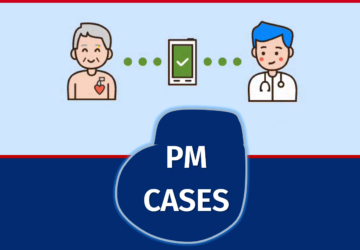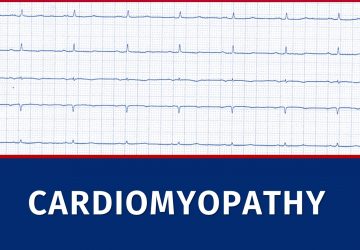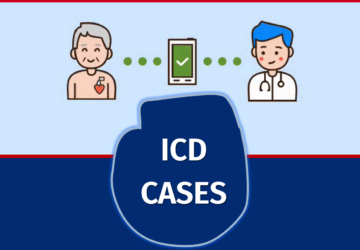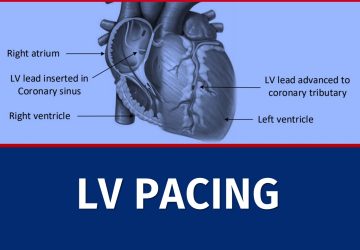Today the ECG is the most commonly performed cardiovascular exam. The first ECG was made over a hundred years ago but it was preceded by centuries of innovation.
In this course, we will introduce you to cardiac resynchronisation therapy (CRT). We start of with pathophysiology of electrical asynchrony, then the indications for CRT implantation are discussed, followed by ECG and X-ray cases.
In this course, we will introduce you to implantable cardioverter defibrillators (ICDs). Implantable defibrillators have been used in patients for >30 years. The majority of ICDs use transvenous leads inserted predominantly into the right ventricile for both pacing (distal tip) and for defibrillation (intracavitary coil or coils). Most clinical trials supporting the use of ICD […]
In this course, we will introduce you to pacemakers. Its history and basic functioning.
In this course, we will introduce you to remote monitoring. We will show the benefits from the ever growing evidence and discuss the recommendations.
In this video course, we will show how a CRT device is implanted.
In this video series we discuss step-by-step how to interrogate and program a MicroPort dual chamber pacemaker. Click on one of the lessons below to see the video’s.
In this video series we discuss step-by-step how to interrogate and program a MicroPort ICD.
In this course, we will show you how to connect your patient to remote monitoring.
Building your framework of what is a normal ECG is essential to recognize pathological ECGs. But that is no reason to underestimate this chapter. We will take you from the P-wave all the way to the T-wave showing and explaining what is normal, but abnormal cases will also be shown, in order to strengthen your […]
When a patient presents with chest pain, the ECG remains the most important diagnostic tool.
In this video course, we will show how to perform interrogation of a proper fonctioning CRT device. In the following chapters, troubleshooting will be discussed using several cases.
This videocourse will show you the different steps of implanting a pacemaker.
Here we show you how to implant an ICD.
In this course, we will share some remote monitoring cases of patients with pacemakers.
Most cardiac diseases show specific signs on the ECG.
Counting is the most important phase of the diagnosis, even before application of the discrimination rules. Likewise, in the event of failure of a given therapy, the counting rules during the redetection phase, in addition to influencing the progression of the therapies already performed, also influence the therapies that will follow. These cases will allow […]
In this course, we will share some remote monitoring cases of patients with ICDs.
The left ventricular (LV) lead is key to CRT and its proper functioning is essential. In this course, we will learn how to evaluate an LV lead and perform troubleshooting.
In this chapter we will make you familiar with tracings recorded by pacemakers. This is the best way to learn the basic functioning of cardiac pacemakers.


